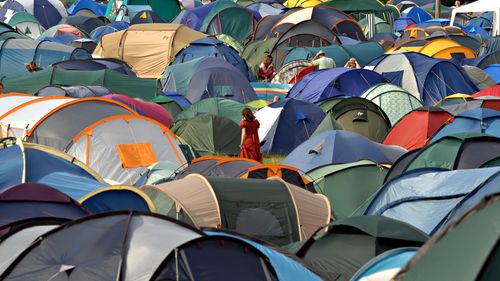Share a beach house – or rent a tree-house
Chilling on the coast is a popular way to relax after the full-on activity of a safari. There are plenty of hotels and guesthouses on the shores of the Indian Ocean, but renting a house on Tiwi Beach tops them all. The fully staffed Olerai Beach House sleeps up to ten, so it’s ideal for a tropical house party. In the huge gardens, there’s a stunning swimming pool with a water slide and landscaped caves, while the beach lies right in front of you through the palms. It’s quite remote, so there’s the option to have a minibus and driver at your disposal for trips into Mombasa and other excursions. However, if you’re on more of a shoestring budget, then Stilts Backpackers, on Diani Beach, is a great location for the budget traveller. Funky treehouses (huts on stilts), a tree-level bar-restaurant and plenty of convivial company make it a popular base, and the beach is just a five-minute walk away.
The Tiwi Beach house costs a minimum of US$700 (£470) per night for four people, including all meals and drinks, with further guests costing $100 (£70) per night (under 11s pay half). The minibus and driver is an extra $250 (£170) per day.
Stay in a rainforest lodge in the Shimba Hills – or explore a ruined city
Coastal adventures come in many shapes and sizes. Just inland from the beaches of the south coast lies Shimba Hills National Reserve. The hills, teeming with elephants and forest wildlife, house an authentic rainforest lodge, where trees grow through the wooden building, and a treetop walkway winds through the forest to a waterhole. Also in the forest, near the small resort town of Watamu on the north coast, the ruins of the stone town of Gedi lay hidden in the jungle for hundreds of years. The identity of the sixteenth-century inhabitants of the town, excavated in the 1940s, is still unknown, but today their houses and mosques can be explored and are particularly atmospheric at dusk.
To add comfort to your journey, also read our guide on when is the best time to travel to Kenya and explore our Kenya itineraries for inspiration.
















